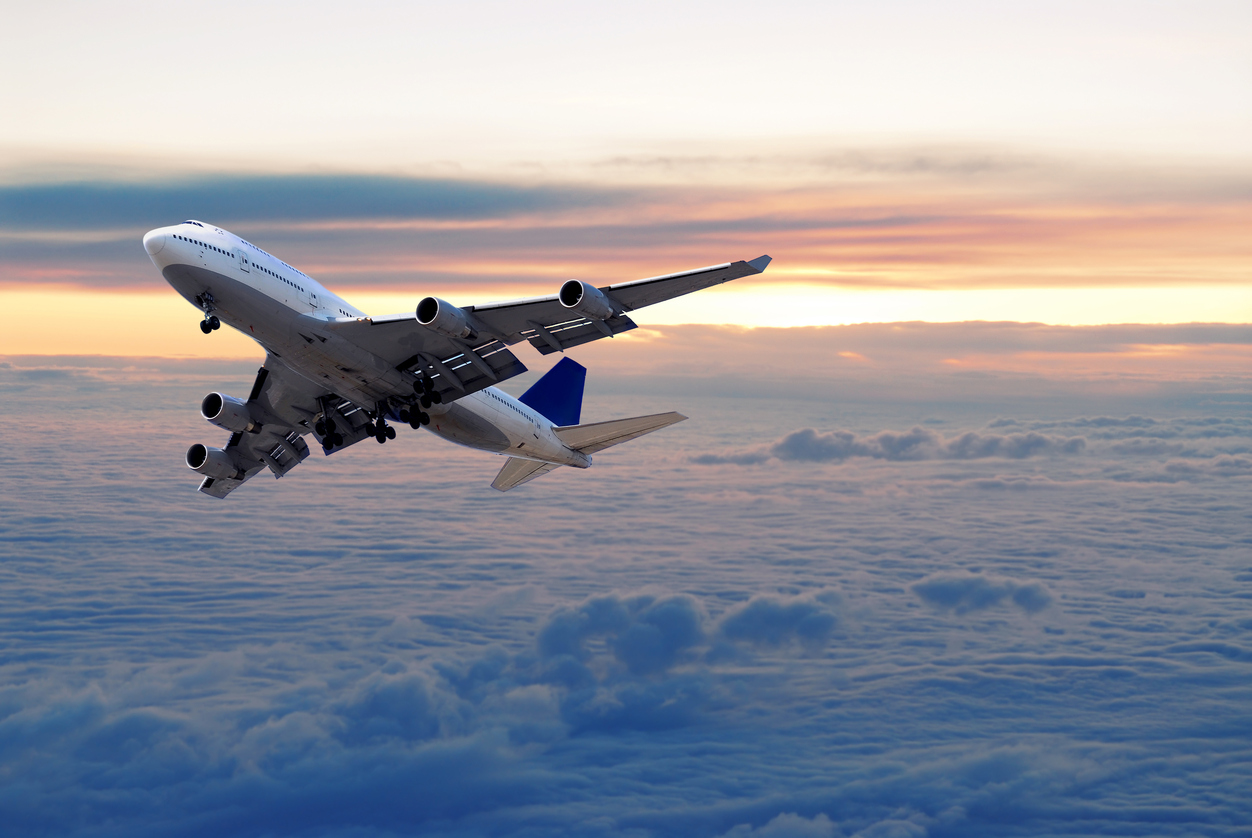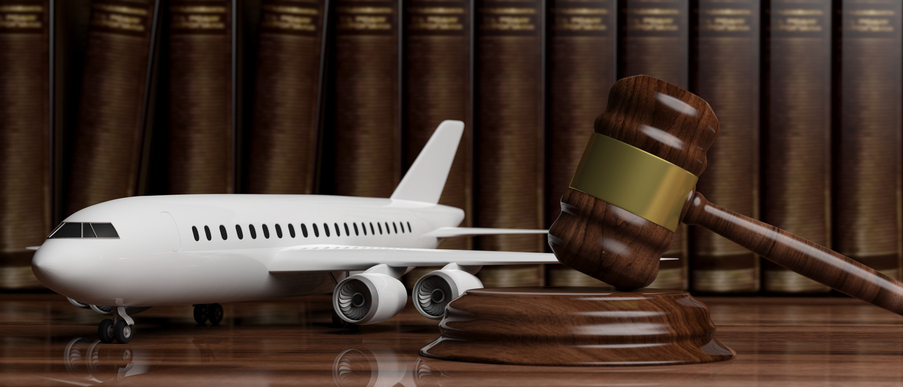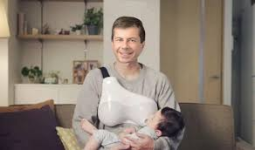Another theory from X via FB...
"From Mark McEathron via X: I was a Blackhawk helicopter crew chief in the Army.
I was even a Flight Instructor. This means that I trained Crew Chiefs and ensured that they completed all training annually to maintain their flight ratings.
One massive responsibility we had was to be the eyes for the pilots. We handled airspace obstacle avoidance and communicated potential risks to the pilots.
Quite often we would train as a flight of 2 or 3 birds flying in formation.
It was my job to have my head out the window and tell the pilots that the aircraft behind us was "staggered right at 3 discs". (We measured close distances in terms of the diameter of our rotor discs).
I can tell you after doing this for hundreds of hours, even when you know EXACTLY where a Blackhawk is, and you have night vision goggles on, it is EXTREMELY hard to SEE the aircraft.
These birds are designed to be hard to see at night.
The red and green lights on the side get lost in the lights of the city below. The only "lights" on top of the aircraft are called "slime lights" because they are a very very very dim green.
Incredibly difficult to see.
If you are above the helicopter, even if it has it flood light or spot light (2 different lights) on, underneath it, it is still hard to see the bird because all of that illumination is below the airframe.
Another thing people should know is just how busy things can get on the aircraft.
Pilots are talking to each other about what they are observing on the instrument panels. This means neither are looking outside the aircraft.
The crew chief might be conducting a fuel check, where we would also be looking up into the cockpit at the fuel gages and the clock.
This CAN lead to moments where all 3 people on the aircraft are all looking inside the aircraft.
It's not supposed to happen that way. We are supposed to announce when we are "coming inside" or are "back outside" the aircraft. But that doesn't always happen.
Also, in cities like DC, the radio traffic is constant and can make it hard to filter out what is important for you to listen to.
Checking instruments, doing math, reading checklists, and listening to multiple radios all at the same time is HARD. Mistakes happen.
Anyone out there telling you that they find the aircraft collision to be suspect, have NEVER been in a flight crew and they have ZERO idea what they are talking about.
Ignore them all. Better yet, mock the hell out of them.
999 times out of 1000 aircraft incidents always come down to a series of pilot and crew errors.
Humans are involved. They aren't perfect.
Tonight, my heart and mind is with the families of those involved in this tragic event.
I won't join the chorus of idiots making speculations. "



